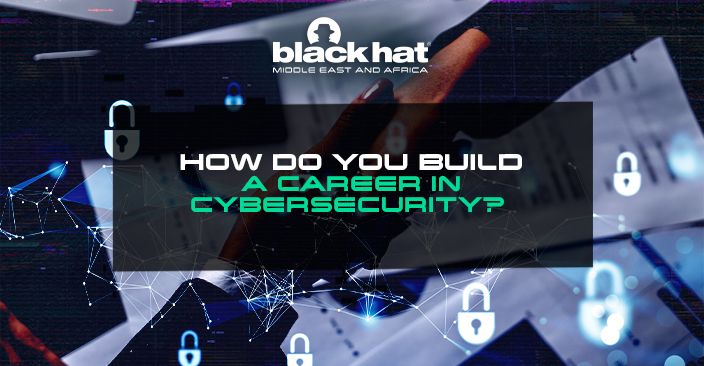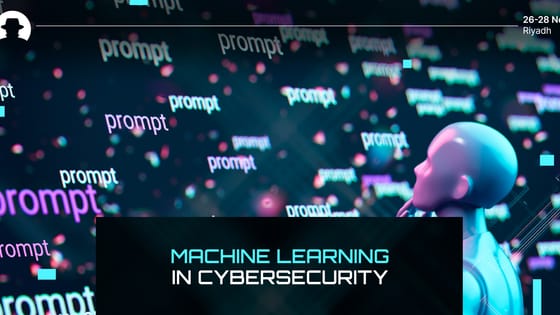
Security training and freelancers
Freelancers are often asked to complete a company's security training and awareness courses, but few companies communicate clearly about this in hiring conversations.
Read More
For those just starting out in the industry, the people at the top can seem a bit mysterious. How did they build their careers? What steps did they take to transition from a fresh-faced new security professional to a senior industry thought leader?
To demystify the journey, we asked Suresh Sankaran Srinivasan (Group Head of Cyber Defence at Axiata) to tell us how he started and how he got to where he is today – with all the twists and turns along the way.
The tl;dr? You never know what’s going to happen next in cyber. But there is a place in this industry for you.
“Armed forces service has always been a calling close to my heart. The dedication, discipline, and commitment to protecting the nation's security were the core values that shaped my aspirations.
“However, due to personal reasons, I had to recalibrate my career path and explore alternative avenues to contribute to a larger cause. It was during this time of reflection that I discovered the allure of cybersecurity – a field that resonated with my passion for safeguarding critical assets and defending against threats.
“With over two decades of experience in cybersecurity, I have witnessed the transformation of this domain from its nascent stages to the critical discipline it is today. Having embarked on this journey during a time when cybersecurity was not yet recognised as a distinct field, I have had the privilege of pioneering the path and witnessing the rapid evolution of technologies, threats, and defences.”
“In the early 2000s, when the concept of cybersecurity was still emerging, I recognised the growing significance of protecting digital assets and networks. I eagerly delved into this unstructured domain, combining my passion for technology and a natural inclination towards problem-solving.
“In the early years, I focused on acquiring technical expertise in areas such as network security, intrusion detection, and ethical hacking, which has always been my sweet spot. My curiosity for the unknown enabled me to stay ahead of the rapidly evolving threat landscape and adapt my skills to the emerging technologies.”
“As technology advanced, so did the cybersecurity landscape. I witnessed the emergence of new paradigms such as cloud computing, mobile technologies, and IoT, each presenting unique security challenges. Embracing these shifts, I honed my skills in areas such as cloud security, mobile security, and securing connected ecosystems. I collaborated with cross-functional teams, aligning security strategies with business objectives to ensure comprehensive protection.”
“As my experience grew, I assumed leadership roles within cybersecurity teams. I not only managed complex security operations and initiatives but also fostered a culture of collaboration and knowledge sharing. Recognising the importance of mentorship, I took pride in nurturing emerging talents, sharing my experiences, and inspiring the next generation of cybersecurity professionals.”
“In an ever-changing landscape, I understood the criticality of staying at the forefront of industry trends and emerging threats. I actively engaged in industry forums, contributed to research initiatives, and participated in professional communities. This commitment to continuous learning and adaptation ensured that my skills remained sharp and relevant in the face of evolving cyber risks.”
“Throughout my career, I have been privileged to contribute to the protection of numerous organisations, safeguarding their assets, customer data, and brand reputation. From advising on cybersecurity strategies to incident response and risk management, I have played a pivotal role in mitigating threats and building resilient defences.
“Guided by a vision of a secure digital world, I continue to advocate for robust cybersecurity practices and collaborate with stakeholders to address emerging challenges.”
Thanks to Suresh Sankaran Srinivasan at Axiata. Want to become a leader in cybersecurity? Register now to attend Black Hat MEA 2023.
Join the newsletter to receive the latest updates in your inbox.

Freelancers are often asked to complete a company's security training and awareness courses, but few companies communicate clearly about this in hiring conversations.
Read More
Guided by Stuart Seymour (CISO at Virgin Media), we look at the value of neurodiverse talent in cybersecurity – and what the industry can do to welcome neurodiverse professionals.
Read More
Saeed Abu-Nimeh (Founder and CEO at SecLytics) is one of the world’s leading experts on machine learning in cybersecurity – and he’s driving innovation to streamline security operations with ML.
Read More